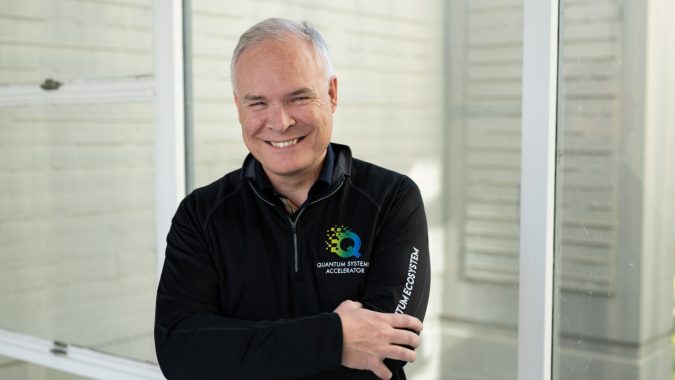
www.hpcwire.com, Sept. 30, 2024 –
Editor's Note: The five U.S.National Quantum Information Science Research Centers are all doing important and fascinating work. Unfortunately we don't get to hear about that work enough. We're reposting (below) a Q&A with the Quantum Science Accelerator (QSA) director Bert de Jong that was published today on the Lawrence Berkeley National Lab website. He does a nice job highlighting broad and specific examples of QSA's work. You may not know, for example, that QSA is the lone QIS center working with atom-based technologies. de Jong touches on the QIS progress, QSA commercial and academic collaborations, and on real tasks being tackled by quantum computing.
de Jong says, "I'm a computational chemist by training, I do quantum research, but I also enjoy working with experimentalists solving real-world chemistry problems. One of the things I'm working on is how can we develop better materials to capture carbon from the air. The calculations that go into simulating materials for this purpose are very expensive. We would need access to exascale computers for pretty much months at a time, here at Berkeley Lab's National Energy Research Computing Center or at Oak Ridge National Laboratory. Even with exascale computers, we greatly simplify the model of the reactions so we can run it on such a classical computer. Our hope is that we won't have to reduce our models."
Enjoy!
Quantum technologies may still be in development, but these systems are evolving rapidly and existing prototypes are already making a big impact on science and industry. One of the major hubs of quantum R&D is the Quantum Systems Accelerator (QSA), led by Lawrence Berkeley National Laboratory (Berkeley Lab). QSA is one of five National Quantum Information (NQI) Science Research Centers funded by the U.S. Department of Energy (DOE) to develop technologies that can solve longstanding challenges in physics, chemistry, materials, and biology that can't be addressed with classical computers.
QSA brings together 15 member institutions in North America, including Sandia National Laboratories as lead partner. By collaborating on all aspects of quantum technology, the center is helping shift the field from theories to real-world tools.
We spoke to QSA Director Bert de Jong to learn more about QSA's progress in the past four years, exciting plans for the future, and what kind of breakthroughs might await as quantum systems grow and mature.
Q. How is QSA getting us closer to scalable, more efficient quantum computers that are less error-prone?
de Jong: We are doing research that advances quantum computing technologies and we do it in a very unique way. We work on three of the most advanced qubit technologies: trapped ions, neutral atoms, and superconducting qubits. We are the only DOE National Quantum Initiative (NQI) center that pursues atom-based technologies. As a center, we focus on co-design of quantum technologies with control systems, algorithms, and end user applications. And we are not just advancing the technology to get more qubits and bigger quantum computers. We're also trying to improve the qubits themselves – the fundamental computational component of a quantum computer. We're doing this by designing better materials for the qubits, more accurate controls, and more accurate measurements. There are many sources of "noise" that muddy the functioning of the system and make quantum computers very error prone right now. And finding ways to address them is hard because nature is noisy!
We also develop the algorithms that actually run on these quantum computers and study how they run with increasing qubit count. Again, all of this is done in a co-design fashion. So, researchers investigating all these different components of quantum systems work together in QSA. We want to advance quantum computers that are better suited to solve the scientific problems that are key to the Department of Energy's mission.